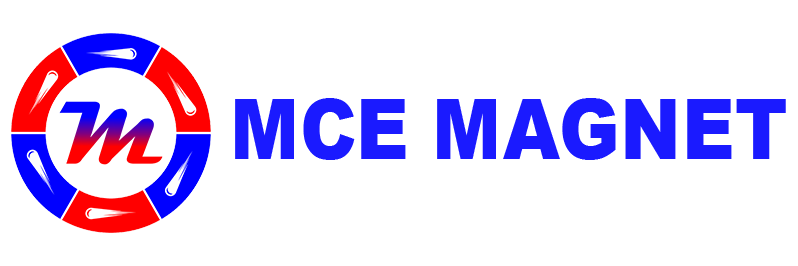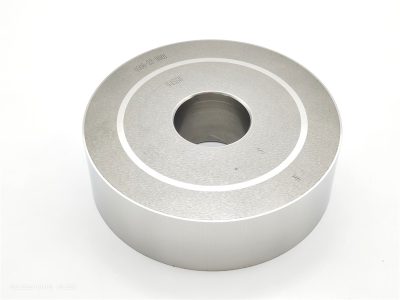What is maglev?
Maglev, short for magnetic levitation, is a technology that relies on magnetic force to lift objects so that they are suspended above a ground surface, avoiding physical contact. This method is often associated with maglev trains, which are renowned for their high-speed operational capabilities. The concept is based on creating an attractive force between two magnets. The first experimental demonstration of magnetic levitation was performed by Edward Stephenson in the late 19th century, where a pole was floated by another pole in the same direction through a magnetic field.
There are two main types of maglev systems: electromagnetic and electrodynamic. Electromagnetic systems utilize permanent magnets positioned under the base of a platform—such as the tracks of a train—to lift and float the vehicle. The magnets within the vehicle are used in electrodynamic systems to levitate and propel the vehicle with magnetic fields generated beneath the track.

Maglev technology is utilized across a range of commercial, military and consumer product sectors, including:
- Transportation: Maglev systems are beneficial to high-speed trains, urban transit lines, and subways by reducing friction and increasing the speed of operation. Notably, the Shanghai Maglev Train holds the world record for the fastest commercial maglev train, capable of speeds up to 268 miles per hour (431 km/h) for the 30.5 km (18.9 mi) journey between Longyang Road Station and Pudong International Airport Station.
- Automotive Engineering: Maglev technology is used in some advanced cars’ Adaptive Cruise Control (ACC) systems, where the brake is assisted by a maglev mechanism to reduce wear and improve efficiency. Concepts for maglev vehicles, including personal vehicles that float on air, have also been experimented and proposed.
- Industrial Applications: Maglev systems are applied in various industrial settings. This includes elevators with maglev technology and aircraft carrier landing systems, where the catapult levitates the aircraft for takeoff. Magnetic levitation bearings are also used, eliminating direct friction.
- Consumer Electronics and Toys: Magnetic levitation toys and devices demystify the principles of maglev for laypersons. These can range from tabletop toys that float across the surface to sophisticated systems operated in scientific demonstrations and research facilities.

